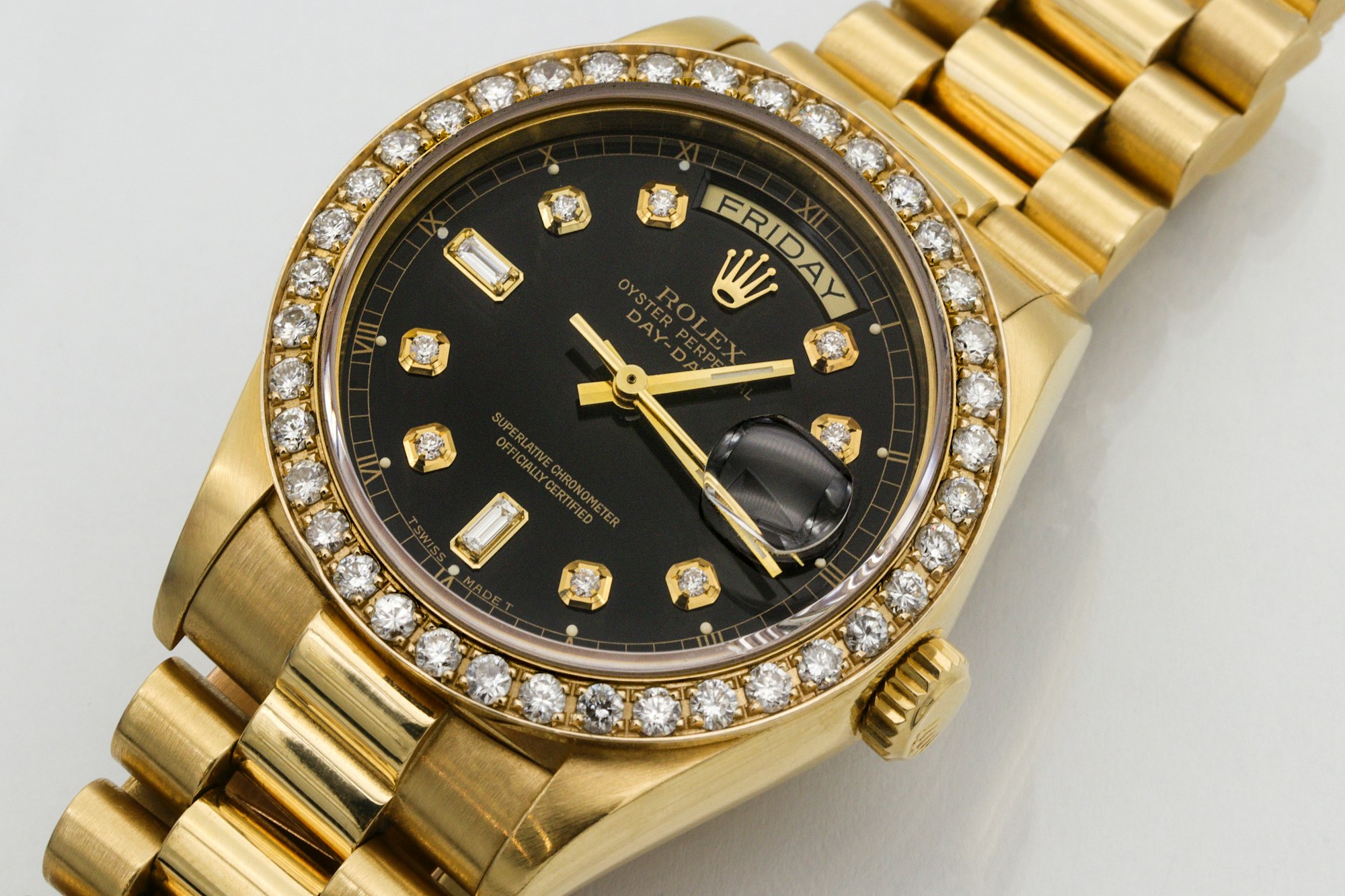Why are NFTs so expensive? In this article, I explain why non-fungible tokens or NFTs cost so much money to buy and sell.
I’ve spent the past few months buying and selling lower-priced NFTs. I wanted to understand how this new content format is shaping the creator economy and learn about higher-priced NFTs making headlines.
Here are a few examples of eye-watering NFT sales:
In October 2021, Gary Vaynerchuk sold five NFT digital artworks as part of his VeeFriends Collection for $1.2 million via Christie’s auction house.
He said:
“It feels like an out-of-body-experience. I view myself as a very creative and artistic person, but this is way bigger than me. … It represents a paradigm shift, and the consumer is intrigued.”
Earlier in 2021, Mike Winklemann’s (aka Beeple) The First 5000 Days NFT sold for an astonishing $69 million. In February, an NBA Top Shot NFT of LeBron James “Cosmic” Dunk sold for $208,000.
Even lower-priced NFTs or digital collectibles cost several hundred if not thousands of dollars (depending on the price of Ethereum) to acquire on marketplaces like Opensea. But do these JPEG files justify such eye-watering price tags? And why is such a niche type of investment so expensive?
Table of Contents
1. NFTs Contain Built-in Scarcity

A Veblen good is one where higher prices breed greater demand, like Rolex or a lovely house in a good neighborhood. Bluechip NFT projects like Cryptopunks or Cyberkongz are a type of digital Veblen good.
NFT creators enable users to mint or buy a set amount. For example, Larva Labs released 10,000 CryptoPunks, all of which are unique.
A Bitcoin or a real-world currency is a fungible asset. You can easily break one down into smaller indistinct pieces. An NFT, on the other hand, is unique or non-fungible. Therefore, one NFT project or art piece doesn’t equate to another.
After a popular project sells out, it’s impossible to buy more unless you’re content to pick one up on a secondary market like Rarible, Opensea, or Nifty Gateway. So, if demand exists, that equals high prices.
2. NFT Collectibles Are a Digital Form of Flexing
In the real world, people are content to join a waiting list and spend thousands of dollars to buy a Rolex watch and other luxury goods. These purchases signal a type of prestige.
NFT are a digital means of flexing your net worth online. Gaudy? Maybe. But it’ll become increasingly common as platforms like Twitter begin supporting NFT holders to verify their ownership of bluechip NFTs. Using a premium NFT avatar demonstrates you’ve access to wealth or supported the project from the beginning.
Eventually, you’ll be able to use NFTs as avatars on social media profiles, in virtual games and communities, which should drive the value up even more.
3. Ethereum Gas Fees Are Extortionate
Most popular NFTs are built and traded using Ethereum smart contracts. It’s the most decentralized, popular, and trusted network after Bitcoin. But, Ethereum blockchain technology isn’t suited towards minting, buying, and trading NFTS at scale.
During popular mints and bull-runs, traders on the NFT marketplace are responsible for heavy congestion. And if Ethereum prices are high, that translates into even more USD.
Decide to buy an NFT for $200 or $300, and you’re in for a nasty surprise. Often gas or GWEI adds another 20% to 30% onto the cost price of that moderately priced NFT. Expect similar Eth fees if you decide to mint and NFT or transfer it to another wallet.
Other cryptocurrencies like Cardano, Polygon, Sol, and Flare are more suited to NFT transactions and faster processing trades. But they’re far less popular. At the time of writing, Opensea doesn’t support all of these Ethereum alternatives either.
Ethereum may become cheaper for everyday NFT collectors after the roll-out of Ethereum 2.0. Either way, until the network is less congested or factor fees into purchases and trades.
4. NFT Holders Gain Access to Exclusive Communities
The community behind popular NFT projects interacts in Discord groups (an instant messaging service popular with gamers).
So if you buy an NFT, you can verify you’re a holder using a Discord bot. Verification usually grants owners access to premium Discord channels whereby they can interact with other holders.

I invested in a Baby Cyberkongz a few months ago and joined a Discord community for investors. In the premium group, members and share information about upcoming NFT projects and buy into them. Other communities give holders a sense of belonging, much like joining a fan club for your favorite sports team.
5. Digital Asset Holders Receive Free Airdrops of Other NFTs
After buying an NFT, I was pleasantly surprised when the developer behind these projects airdropped or sent me some more free NFTs. As an owner of a few mid-tier NFT projects, I was also able to mint some potentially valuable NFTS for free.
For example, holders of the popular Cryptodads project could mint a Cryptomom in October 2021 for free, after gas.
NFT projects owners do this because it enables them to reward holders and increase the project’s value. You can even use a combination of NFTs from the same project to unlock or get access to more exclusive NFTs.
6. NFTs Are a New Form of Investment
In a BBC interview, former Christie’s auctioneer Charles Allsopp said buying NFTs “makes no sense.” He argued, “the idea of buying something which isn’t there is just strange.
A piece of digital art, like many unusual investments, is worth what people are willing to buy and sell for … whether you agree with the concept or not.
You might not think pixel art compares to the Mona Lisa, but the price is determined by what NFT holders and investors are willing to pay.
So if someone wants to sell a Cryptopunk for hundreds of thousands of dollars in cryptocurrency and a buyer exists, the price of cryptoart is justified.
7. NFTs Are a Form of Digital Art
The value of art often lies in the eyes of collectors and fans.
In the early 2000s, Gerard Richter’s Mirror, Blood Red sold for $1.1 million. To some, it’s a masterpiece. To others, it’s a monochrome red painting on an oversized canvas.
The same divergent thinking applies to NFT artwork. In 2010, conceptual digital artist Kevin Abosch took photos of potatoes and other everyday objects and turned them into a digital art collection. In 2016, Abosch sold Potato #345 as digital to a collector for over €1 million.
You and I might think that’s a crazy amount of pay for a picture of a potato, but art holds value because it’s a Picasso, Dali, or an Abosch.
8. NFTs Reward Early Adopters
The first Spiderman, Batman, and Superman comics all sold for a few cents. In 2014, a Superman comic sold for $3.2 million on eBay. Would buyers have paid $3.2 million back in the 1960s, even before inflation? Probably not.
NFT are a digital version of collectibles. Those in the know can acquire or mint near cost price plus gas at launch. But, if a project succeeds, secondary collectors will pay a lot more to own one. And prices inflate over time.
Most projects will go to zero, but a chosen few collectibles will become sought-after collectibles that traders will pay a premium to acquire.
For example, Larva Labs CryptoPunks NFT project was released in 2018. You could have minted a CryptoPunk digital asset for the cost of gas. These days Cryptopunks NFTs trade hands for six and seven figures, if you can even acquire one.
9. NFTs Are More Than Memes and JPEG Files
To the uninitiated, an NFT is something you can right-click on and save to your desktop. Sure, you can look at that JPEG file or meme, but you don’t own this digital asset.
Think of acquiring an NFT as a little like buying into the myth of your favorite sports team. You’ll happily pay hundreds of dollars to wear a jersey, gain premium tickets and join an exclusive club with like-minded fans.
NFT represent a digital version of myth-building. If you believe in the myth of owning a Cryptopunk or Cyberkongz, it’s an easy choice. If not, it’s impossible to understand.
The Final Word About Why Are NFTs So Expensive
NFTs are a new content format already shaping the creator economy. But, unfortunately, they’re expensive because of issues with the Ethereum blockchain and built-in scarcity.
However, that doesn’t necessarily mean the NFTs are out of reach for most people.
Although some more popular NFT projects are worth millions of dollars, you can easily mint or buy a new NFT project for a couple of hundred dollars or less.
Or you could buy a cheap NFT project on a different blockchain like Sol, Flare, or Cardano and acquire it for minimal fees (remember to do your research).


